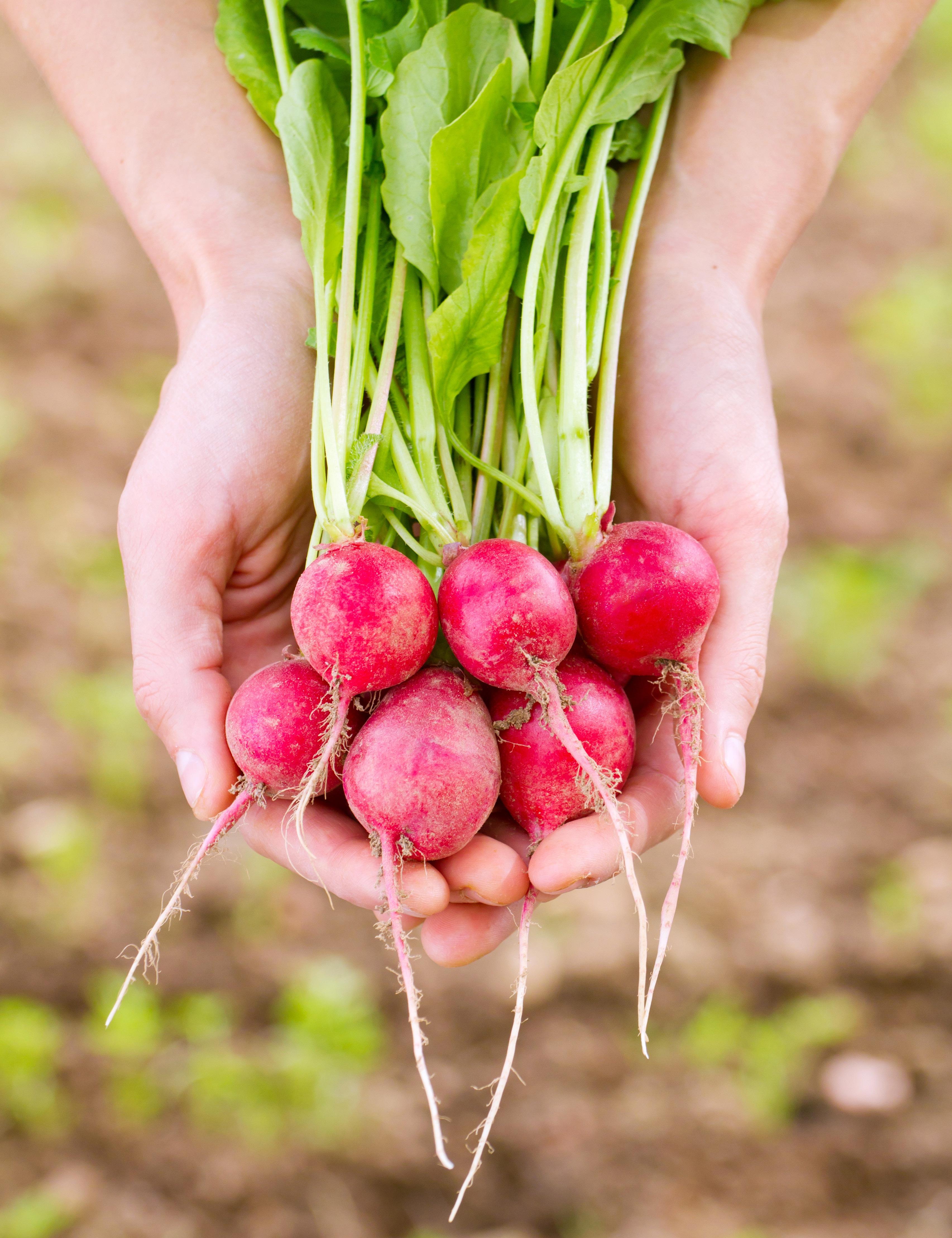
3 minute read
RECIPE
Folate-Packed Folate-Packed BUDDHA BOWL
By Crissie Mergogey
Advertisement
INGREDIENTS • 1 cup uncooked quinoa • 2 cups vegetable broth • 1 cup chopped asparagus • 2/3 cup shelled edamame, frozen • 2/3 cup corn kernels, frozen • 4 cups spinach • 1/4 cup shelled sunflower seeds • 1 avocado, cubed Maple Tahini Dressing: • 2 tbsp tahini • 2 1/2 tsp apple cider vinegar • 1 1/2 tsp soy sauce • 1 tsp maple syrup DIRECTIONS Bring the quinoa and vegetable broth to a boil in a small pot. Cover and reduce heat; simmer for 15 minutes. Fluff with a fork and set aside. While the quinoa cooks, saute the asparagus, edamame and corn with a bit of oil or water until the asparagus is tender, about 5 minutes. Mix the maple tahini dressing ingredients in a small bowl until smooth. Divide the spinach into two bowls and add the cooked quinoa, edamame, corn, sunflower seeds and avocado. Drizzle with the dressing and enjoy!
Serves: 2 Time: 25 minutes

RADISHES
By Christian Dischler

Ever wonder what secrets these little root vegetables hold for our health? Within their crimson spectrum is a variety of health benefits that are more than enough reason to incorporate these spicy veggies into your Spring time diet. Today, we’ll be looking at the two components to radishes: the root bulb and the greens (or tops). Radish bulbs come in many shapes and sizes. Ranging from the small watermelon radish, to the elongated and light daikon radish.
Found in specialty dishes, like kimchi, or in a more casual setting like garnish on a fresh salad, these bulbous veggies are wonderful helpers to our bodies. They’re cruciferous vegetables and contain a healthy amount of sulfur, iron and iodine.
These minerals assist our bodies by acting as a natural pesticide which works to kill intestinal parasites. They also preserve the cleanliness of our arteries by creating a barrier in blood vessels to prevent plaque build-up. This cardiovascular support leads to a healthier you by preventing heart disease and increasing good cholesterol, while reducing bad cholesterol. Radish skin repels almost every cancer type, while simultaneously restoring your kidney, liver, pancreas and spleen. Talk about a lot of help from a little root!
The tops of radishes have a case for being the most thrown away veggie component of all time. They’re often left to rot, when in fact they’re full of wonderful benefits for our bodies. They’re considered the second most naturally occurring prebiotic. On top of that title, they’re packed with minerals, phytochemicals, vitamins and antioxidants that help fight cancer.
Radish greens are truly a unique and wild food and can fix our colons and intestinal tracts. Specifically, they will target to most dysfunctional intestinal tract, and due to their high enzymatic profile, they will increase the nutritional uptake. They also remove heavy metals from our bodies and actively ward off diseases like MS, ALS and neurological Lyme.
Next time you’re browsing the local market grab a radish bundle to take home and experiment with. Try them raw on a salad to keep their spicy flavor profile intact. Or roast them with some garlic oil and herbs to calm down their pepperiness. And don’t forget to save the greens! Rinse them off and add them into a chopped salad, or sauté them quickly like you would spinach. Your body will thank you.













